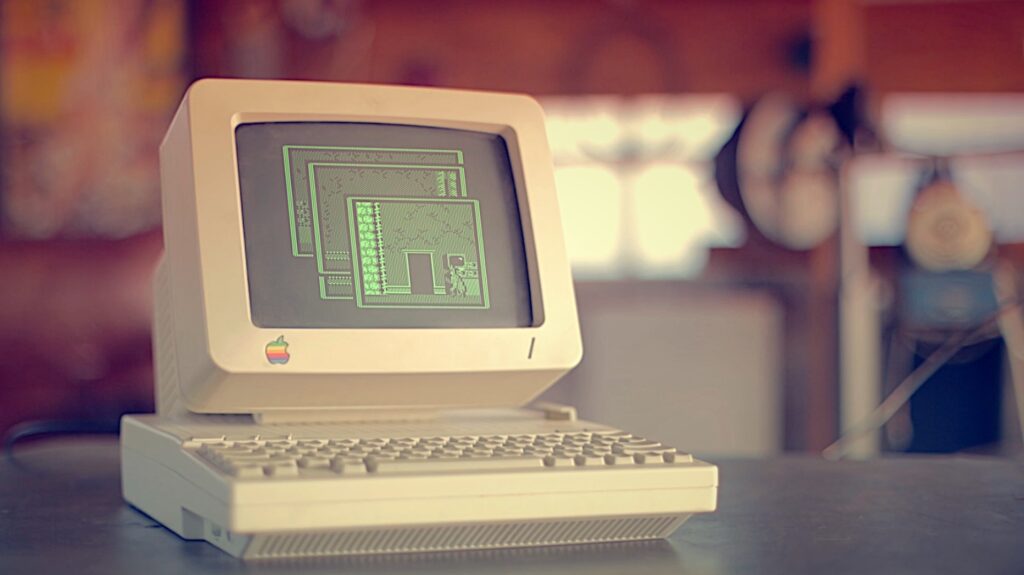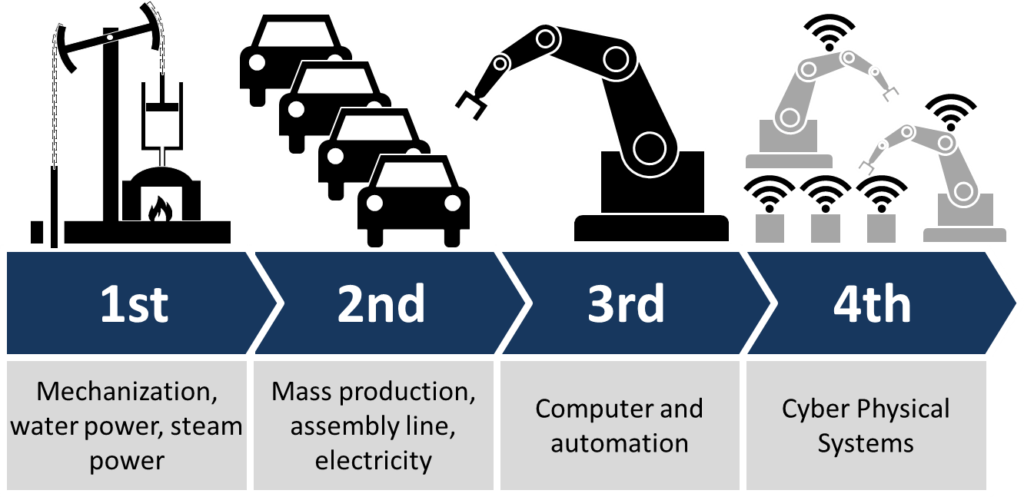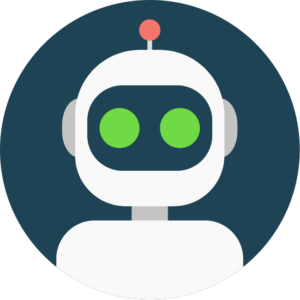Automation vs. Human Touch pt. 1 – from 411 to Siri

It seems like everyone is talking about automation and AI. And everyone has something different to say. It’s a topic that never fails to bring up strong opinions like…
AI is here to make life easier…
Robot surgery and medical AI save lives!...
Chatbots help me better serve my customers…
But I want to talk to a real live person!…
But Robots ARE people!
It’s an endless debate, one we’re not going to settle here. In this two-part post, we’re going to look at the rise of automation and AI, the pros and cons of automating human tasks, and why the future looks very human.
A little history*
Automation as we know it started to emerge in the 1960s and 70s with the arrival of ATMs and personal computers. Historians call this the 3rd Industrial Revolution. In the beginning, automation took care of tasks that seem super basic by today’s standards: An ATM dispenses cash and makes deposits. An early personal computer allowed you to correct typing mistakes digitally instead of using whiteout.
Image: Matthew Pearche / flickr
Only 90s kids will remember
Before we had Siri, there was 411 directory assistance. You could look up a number by dialing 411, saying the name of the person or business you were trying to reach, and waiting while voice recognition technology tried to connect you.
This was an imperfect process—especially for folks with Boston accents. The kind of predictive technology that powers today’s chatbots and virtual assistants was still decades away. But it was a sign of cool things to come.
The (4th) revolution
We are now in the beginning of the 4th industrial revolution. This Revolution is all about artificial intelligence and machine learning.
Today’s automation is not only more intelligent than ever; it’s capable of learning from itself. The tools of the future will develop themselves to some extent.
For consumers and businesses, the 4th Industrial Revolution will feature an experience of the market that is increasingly governed by complicated algorithms and tools that will seem like magic.
And for the most part, this will be a good thing.
The 4 Industrial Revolutions
Image: Wikimedia Commons
*Automation, broadly defined, includes much older technology like the assembly line and the windmill. But that stuff is way outside the scope of this post. We’re focusing on automation brought on by computers and AI. For a complete history of humanities use of automation and where it’s taking us, check out Sapiens and Homo Deus by Noah Harari
No more stamps to lick — the benefits of automation for business
If you want to appreciate the wonders of automation, try sending out a newsletter to 10,000 customers. Not an email newsletter–that would be too easy—a print one. Drive to Kinkos and the post office. Pay for 10,000 stamps, lick every last one. Come back and say you don’t appreciate automation.
Thanks to modern tech, sending 10,000 emails in an instant is just the beginning. You can automatically personalize each one and sort the recipients according to their purchase history and behavior on your site.
Scaling the personal touch
There are a million ways automated tools help businesses run more smoothly. AI is brilliant at taking dull tasks like data entry and list management off our hands. When it comes to the customer-facing side of things, the main advantage is that AI helps us be more personal and more human.
Customer service bots were once bumbling and inarticulate. Now, they’re much better. Bots are great at pre-screening. This helps ensure that customers are directed to the right person. Pre-screening insights give human representatives more context when they talk to customers.
Image: UpWork
ROI
In our email vs. snail mail example, the ROI difference is unreal. You’re looking at thousands of dollars in paper, stamps, and envelopes to send a totally impersonal message vs. whatever the monthly fee is for an email automation platform that allows you to send out all the personalized, segmented messages you want.
Anywhere you can automate or bring AI into the mix, you’re getting a big return.
But automation isn’t automatically a good thing…
We’ve taken a look at the upside of automation. But that isn’t the whole story.
In part 2, we’ll investigate an unsolved mystery: If automation is so great, why are businesses focusing more on the human touch these days?
Also, is automation going to take your job? The answer: it’s complicated…
Stay tuned!
Add human touch to remote interactions, in minutes

